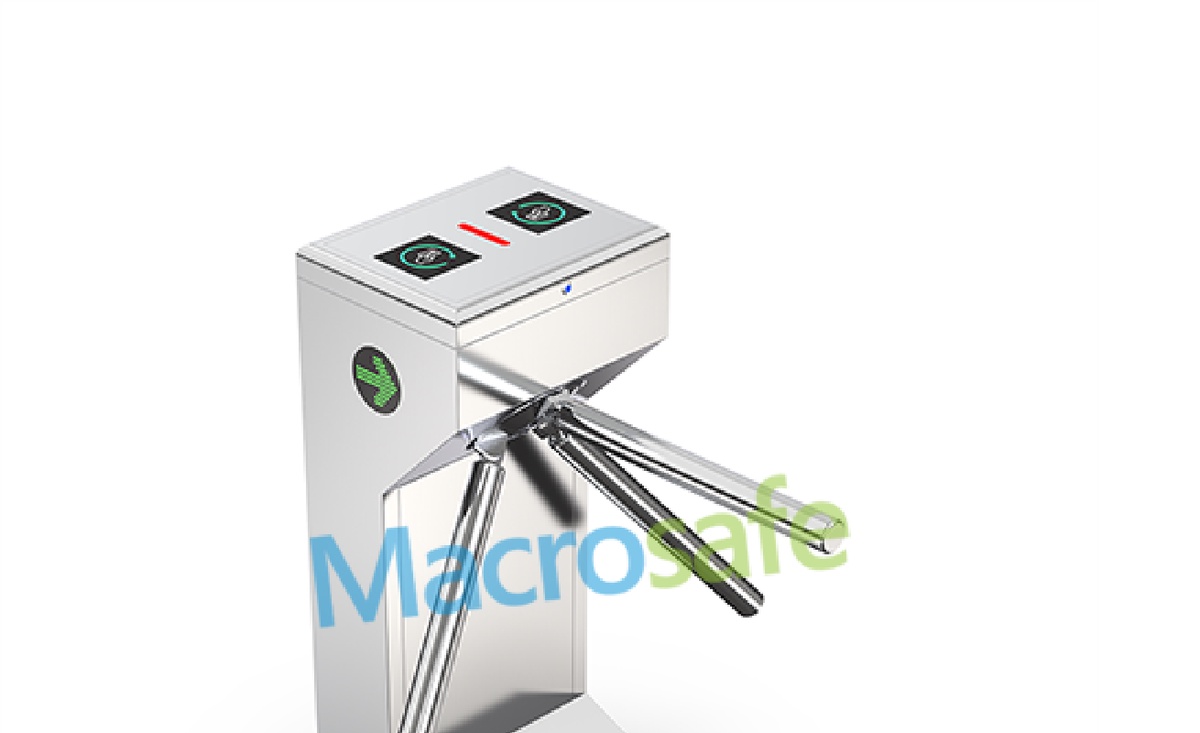Implementing turnstile machines can bring numerous benefits to organizations, including improved security, increased efficiency, and enhanced visitor management. However, to fully optimize the usage of these machines, organizations need to invest in effective training and user education. In this article, we explore the importance of training and user education in maximizing the benefits of turnstile machine implementation.
- Familiarizing Users with Turnstile Machine Operations:
Providing comprehensive training on turnstile machine operations is fundamental for effective utilization. Users should understand the basic functionalities of the machine, such as scanning identification credentials, following entry or exit protocols, and troubleshooting common issues. Familiarization with different modes of operation, such as card scanning, biometric authentication, or barcode scanning, depending on the type of turnstile machine, ensures that users can comfortably navigate the system and make the most of its features.
- Security Protocols and Best Practices:
Training sessions should emphasize security protocols and best practices to mitigate the risk of unauthorized access or security breaches. Users must understand the importance of safeguarding their credentials, keeping them confidential, and reporting lost or stolen cards immediately. Additionally, users should be educated on the risks of tailgating or piggybacking, and the significance of individual responsibility in maintaining a secure environment. By promoting a security-focused mindset among users, organizations can enhance overall security measures.
- Troubleshooting and Maintenance:
Training programs should cover basic troubleshooting techniques and routine maintenance procedures to address minor issues that may arise with turnstile machines. Users should be equipped with the knowledge to resolve simple problems, such as handling jammed cards, resetting the system, or addressing connectivity issues. Additionally, organizations should educate users about the importance of reporting any malfunctions promptly, ensuring timely maintenance and repairs by trained technicians. Regular maintenance and prompt troubleshooting contribute to a smooth and efficient user experience.
- Training for Administrators and Operators:
In addition to user education, specialized training programs should be provided for administrators and operators responsible for managing the turnstile system. These individuals need advanced knowledge of system configuration, monitoring user access, generating usage reports, and integrating the turnstile machine with other security or visitor management systems. By providing comprehensive training for administrators and operators, organizations can ensure that the system is effectively managed and optimized for the organization's specific needs.
- Communication and User Support:
Effective user education extends beyond initial training sessions. Organizations should establish clear lines of communication and provide ongoing support to address any questions or concerns regarding turnstile machine usage. This can include creating user manuals or guides, establishing a dedicated support channel, or providing regular updates on system enhancements or changes. By fostering open communication and ongoing user support, organizations can ensure that users feel confident and supported in utilizing the turnstile machines effectively.
- Utilization Analytics and Continuous Improvement:
Training programs should emphasize the importance of utilizing analytics and data provided by the turnstile machine. Organizations should educate users on how to interpret and analyze the usage data, such as visitor traffic patterns, peak times, or trends. This information can help identify bottlenecks, optimize resource allocation, and make data-driven decisions to further enhance the efficiency and effectiveness of turnstile machine usage. Continuous improvement initiatives should be undertaken based on insights gained from analytics, driving better user experiences and operational outcomes.
Conclusion:
Effective training and user education play a vital role in optimizing turnstile machine usage. Familiarizing users with machine operations, emphasizing security protocols, providing troubleshooting guidance, training administrators and operators, establishing communication channels, and leveraging utilization analytics contribute to harnessing the full potential of turnstile machines. By investing in comprehensive training programs and ongoing user support, organizations can ensure that their turnstile machines are used efficiently, resulting in enhanced security, improved visitor management, and increased operational efficiency.


No comments yet